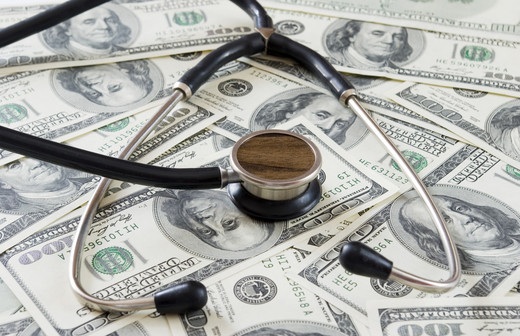A study by IMS Institute for Health Informatics and an MIT economics professor highlights a side of drug development that they consider an important part of innovation discussions: The golden age of profits appears to be dwindling.
In the study, published in Health Affairs, the authors compared four drug launch periods that spanned from 1991 to 2009 and included both chemical (small molecule) and biologic (large molecule) drugs. The survey included 466 novel active substances — drugs that had components not approved by the FDA before 1991. The number also included combination drugs that were comprised of at least one previously unapproved component.
While aggregate numbers would seem to indicate strong economic performance — researchers found that three-quarters of the approved substances earned less than $4.5 billion during their patent-protected lifetimes and about half earned less than $1.5 billion — they said that after taking into account the money that precedes and supports these launches, the results look less robust.
Researchers noted that despite what may be construed as a looser cost-containment focus in the 1990s, that drug uptake patterns have stayed constant. They also noted that it is possible to anticipate a drug’s sales trajectory based on its performance in its first six months on the market.
Researchers indicated that although early indications showed biologics sales outpacing those of small molecule drugs, the lead has narrowed. The authors found, for example, that biologics sales peaked at $7.7 billion between 1995 and 1998 only to drop to $2.9 billion between 2005 and 2009.
They also noted that the total cost of drug development has been eating up a greater portion of overall revenues, prompting concern that money for innovation may run dry. They say the FDA’s efforts to speed up reviews and approvals help protect potential revenue streams but suggest that the industry may need more — possibly in the way of policy changes — to help the industry support innovation.








